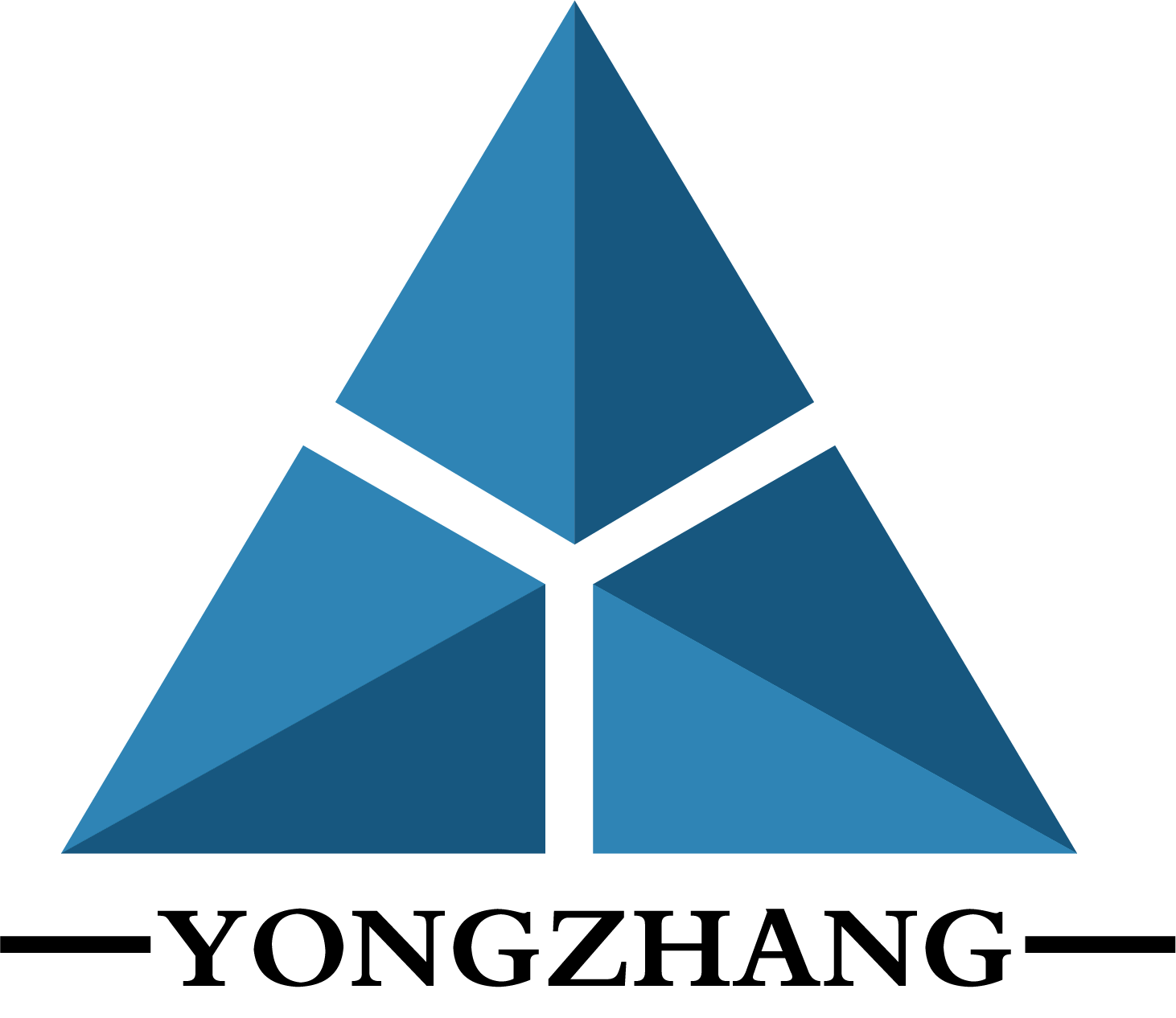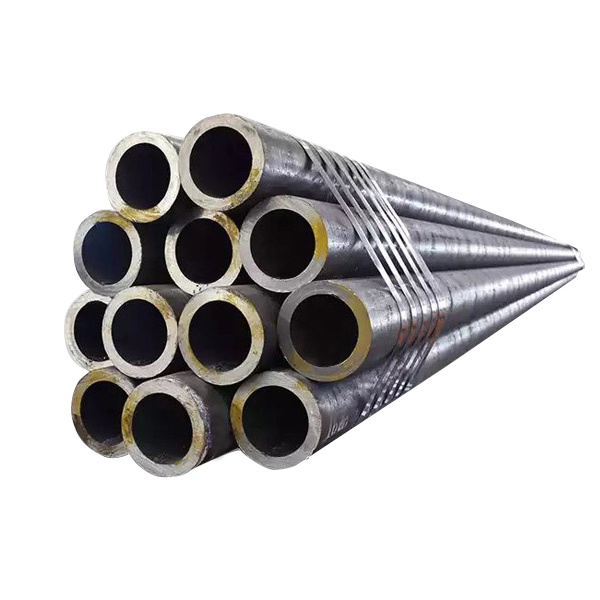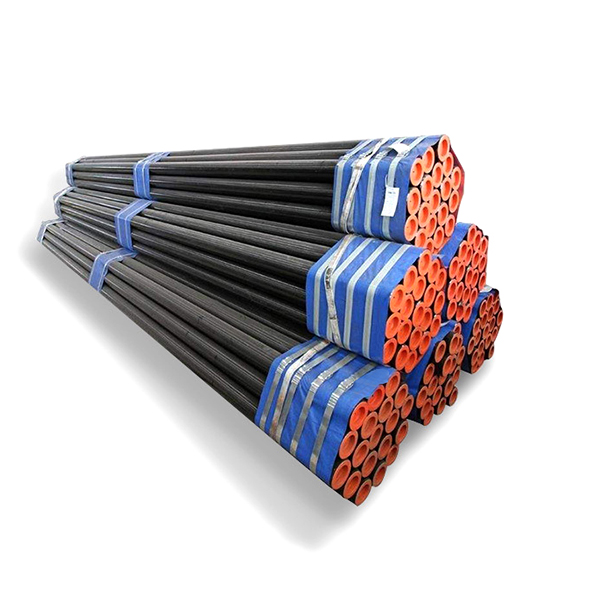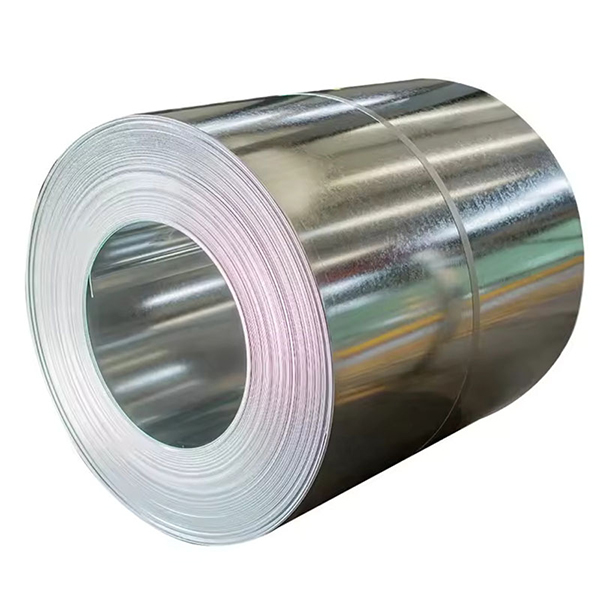Corrosion resistance of galvanized steel pipe and the influence of use environment
Galvanized steel pipe is a kind of widely used pipe, its corrosion resistance is the key factor to evaluate its service value and life. The corrosion resistance of galvanized steel pipe is mainly derived from the specially treated zinc layer formed on its surface, which is like a strong armor and provides excellent corrosion protection for the steel pipe. However, the corrosion resistance of galvanized steel pipe is not unchanged, and it is significantly affected by the use environment. This paper aims to discuss the relationship between the corrosion resistance of galvanized steel pipe and the use environment.
Effect of climate type on corrosion resistance
The anti-corrosion performance of galvanized steel pipe under different climatic conditions is significantly different. In dry and mild climates, corrosion resistance of galvanized pipes is generally better, because less moisture and lower humidity reduce the likelihood of corrosion reactions. However, in wet, rainy or salty coastal areas, the rate of corrosion is significantly accelerated. Water and salt accelerate the oxidation process of metal, thus reducing the corrosion resistance of galvanized steel pipe. In addition, high temperatures also accelerate the oxidation of the zinc layer, especially in the presence of moisture, which may lead to faster loss of the zinc layer.
The role of pollutants and ultraviolet radiation
Pollutants and ultraviolet radiation are also important factors affecting the corrosion resistance of galvanized steel pipes. Air pollution in industrial areas, such as the presence of sulfur dioxide and nitrogen oxides, will accelerate the corrosion of galvanized pipes. These chemicals can combine with water to form acid rain that eats away at the zinc layer. In areas with strong sunlight, ultraviolet radiation may affect the stability of the zinc layer, especially without additional coating protection. Ultraviolet light can destroy the chemical structure of zinc layer and reduce its anti-corrosion effect.
Wind speed, rainfall and quality of galvanized layer
Natural factors such as wind speed and rainfall also affect the corrosion resistance of galvanized steel pipes. Wind can carry corrosive substances such as salt spray and pollutants, increasing the risk of corrosion. Rainfall provides the necessary moisture for corrosion and accelerates the oxidation process of the zinc layer. In addition, the quality of galvanized layer is also a key factor affecting its corrosion resistance. Hot-dip galvanized pipes are usually more resistant to corrosion than electrogalvanized pipes because of their thicker zinc layer. The hot dip galvanizing layer forms a zinc-iron alloy layer closely bonded with the steel pipe matrix, which provides long-term protection for the steel pipe together with the pure zinc layer.
In summary, the corrosion resistance of galvanized steel pipe is closely related to the use environment. When selecting galvanized pipes for specific climatic conditions, factors such as climate type, pollutants, ultraviolet radiation, wind speed, rainfall and galvanized layer quality should be fully considered. In harsh use environments, additional anti-corrosion measures may be required, such as coating protective paint or using a thicker galvanized layer, to ensure the anti-corrosion properties and structural integrity of galvanized steel pipes.





